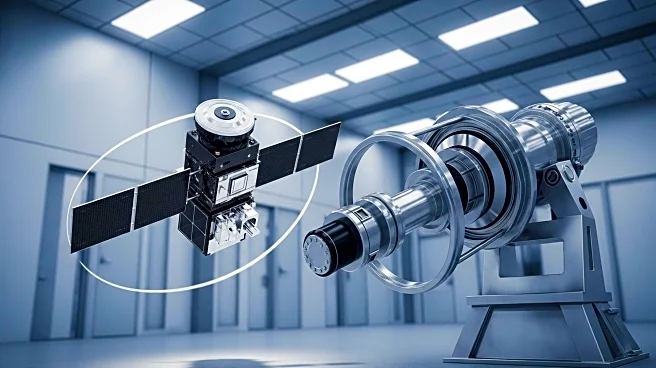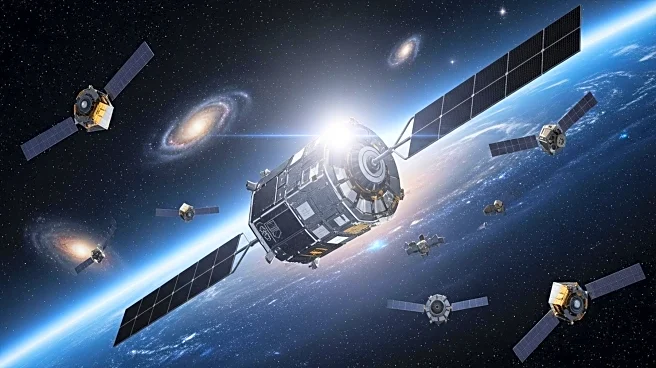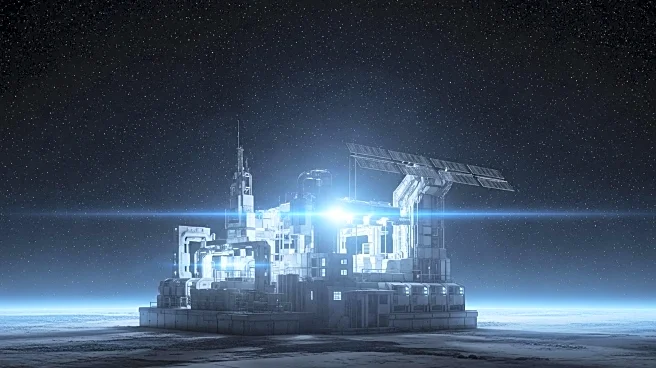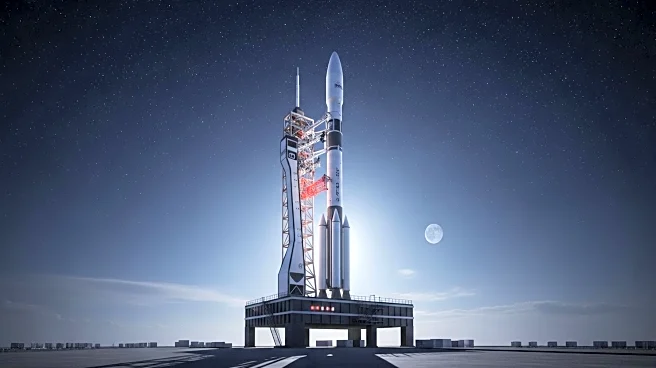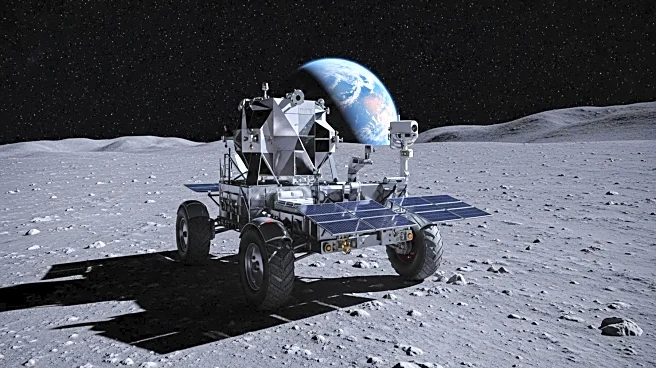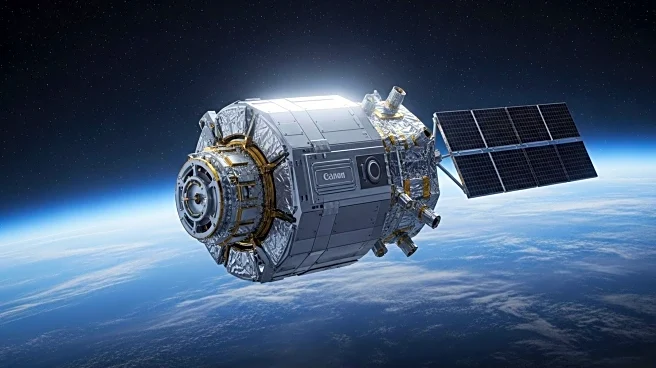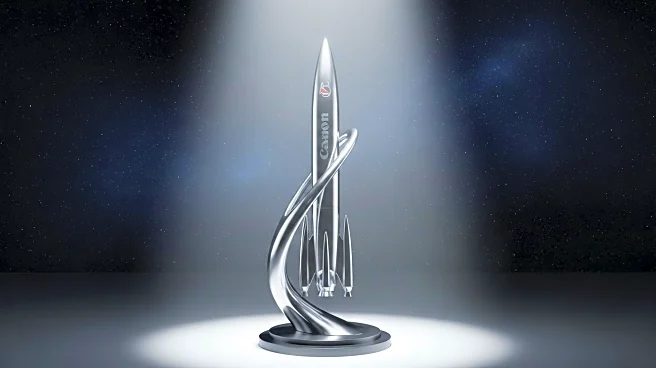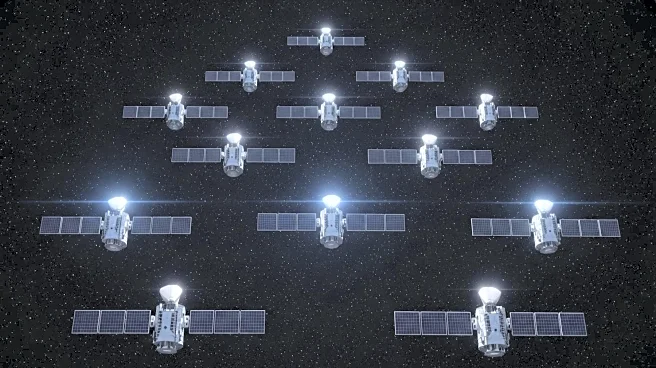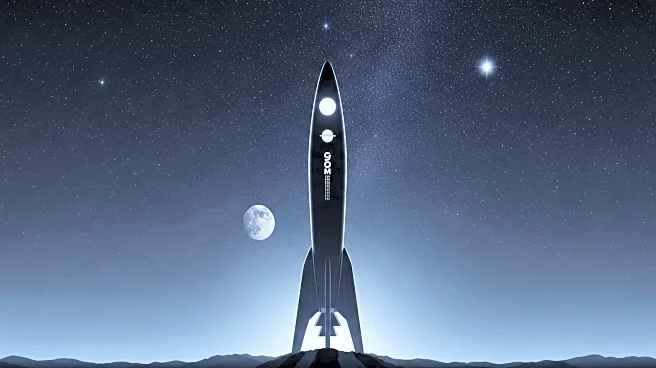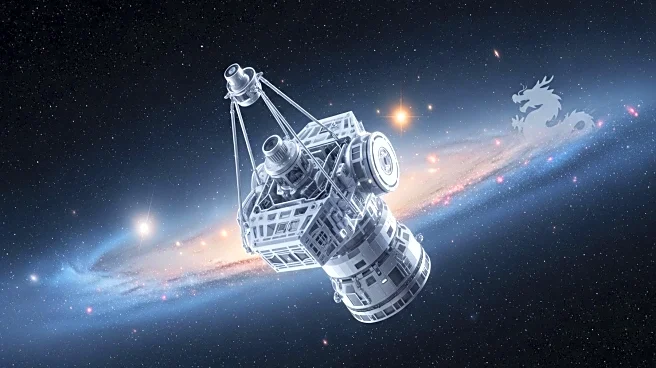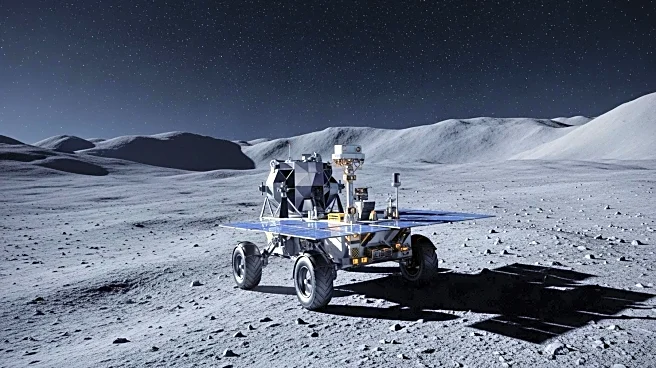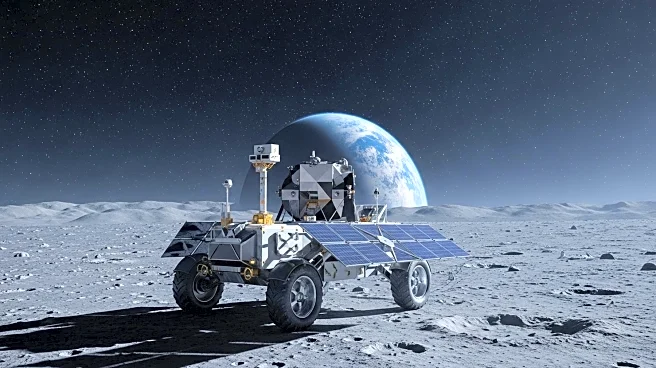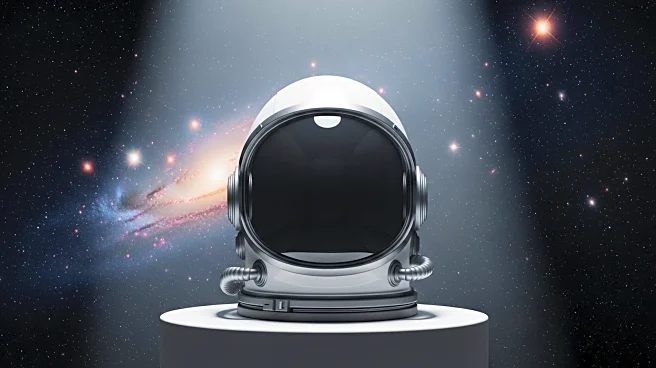What is the story about?
What's Happening?
SpinLaunch, a U.S.-based company, is advancing a kinetic-launch concept for satellites, utilizing a vacuum chamber to accelerate a spinning arm before releasing satellites at high speeds. This method, which requires a subsequent rocket burn to achieve orbit, has been tested suborbitally, with plans to launch up to 250 microsatellites simultaneously. The technology promises lower emissions and rapid turnaround, potentially benefiting broadband and Earth observation sectors. However, regulatory concerns about space debris and safety remain.
Why It's Important?
The kinetic-launch technology could revolutionize satellite deployment by reducing costs and environmental impact compared to traditional rocket launches. This innovation may accelerate the deployment of satellite constellations for various applications, including climate monitoring and global internet coverage. However, the space industry must address potential congestion and debris issues, as outlined by the UN's sustainability guidelines. Successful implementation could position SpinLaunch as a leader in a niche market, influencing future space exploration strategies.
What's Next?
SpinLaunch must overcome technical challenges related to the durability of hardware under extreme conditions and comply with safety regulations. If these hurdles are addressed, the company could expand its operations and collaborate with other space agencies and private firms. The technology's success may prompt further investment and research into alternative satellite launch methods, potentially reshaping the industry's landscape.
Beyond the Headlines
The development of kinetic-launch systems raises ethical and legal questions about space debris management and the long-term sustainability of space activities. As the technology matures, stakeholders must consider the balance between innovation and environmental responsibility, ensuring that new methods do not exacerbate existing challenges in space governance.
AI Generated Content
Do you find this article useful?
